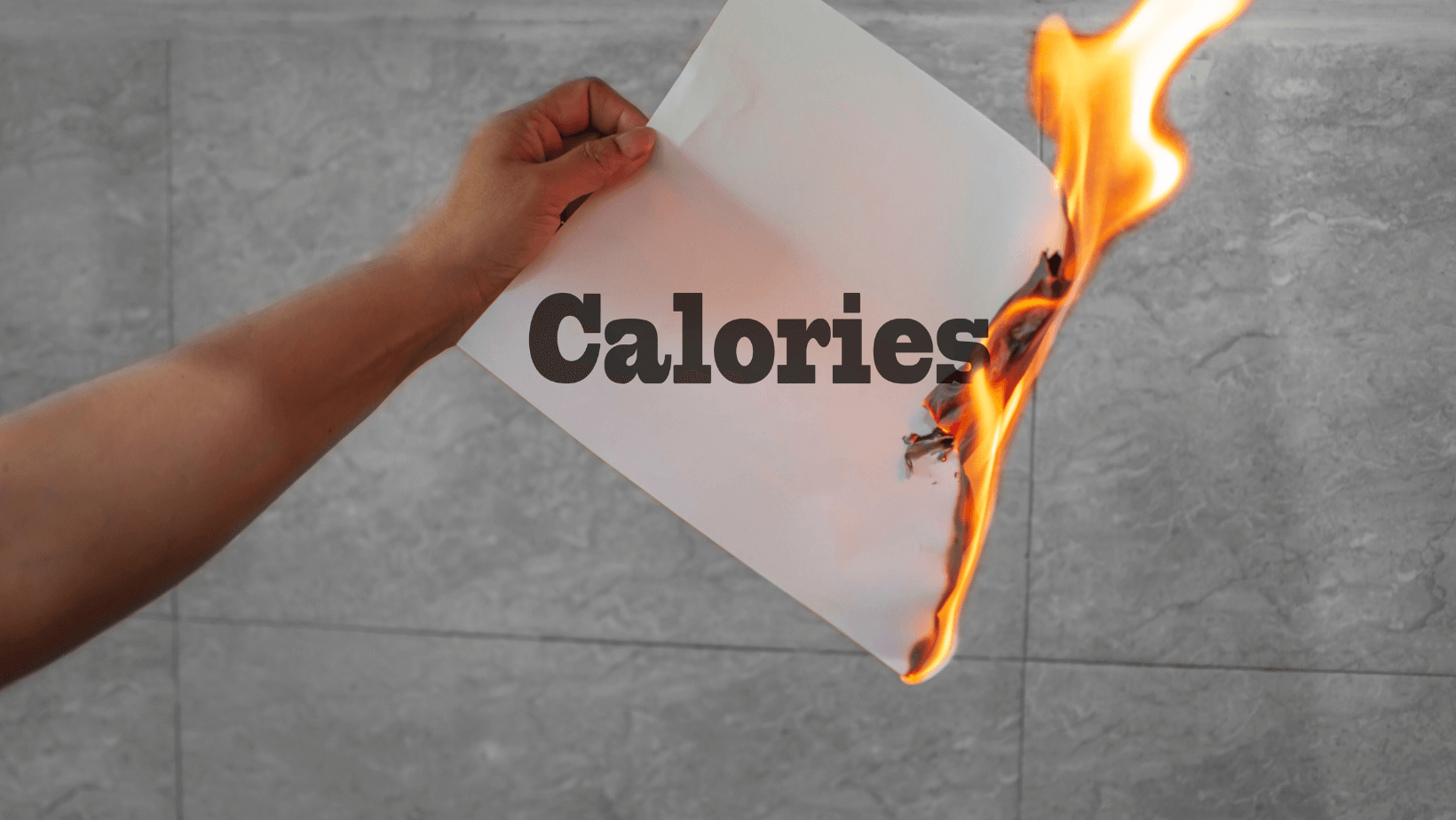Pilates is a weight loss exercise trend that has taken the world by storm. Celebrities worldwide, including supermodels and actresses, are incorporating Pilates into their fitness routines.
But what exactly is Pilates? Many people are unfamiliar with this exercise. So today, let's take a comprehensive look at Pilates, learn what it means, how it differs from yoga, what are the benefits of practicing Pilates for our bodies, and what types of Pilates are there? Let’s find out together!
What is Pilates?
Pilates, also known as the Pilates Technique, is an exercise style and skill named after the German Joseph Hubertus Pilates. He devised a distinctive set of exercises and movement skills named control techniques. Pilates is a full-body training exercise that combines trauma rehabilitation, yoga, dance, etc. It refers to a class that utilizes Pilates movements in an exercise program, which can be either a physical fitness program or a personal training program.

Is Pilates an Aerobic or Anaerobic Exercise?
Pilates, like yoga, is a unique fitness practice. While Pilates can be considered aerobic exercise, it cannot be definitively categorized as such. Its weight loss benefits are similar to those of aerobic exercise, but it also has a muscle sculpting effect that is characteristic of anaerobic exercise, making it a hybrid of the two.
Core training is the cornerstone of Pilates exercise. It emphasizes spine and muscle training, with a focus on increasing awareness and control of the body's muscles.
What is the Difference Between Pilates and Yoga?
The main contrast between Pilates and yoga lies in their approach to movement: Pilates prioritizes dynamic exercises, whereas yoga emphasizes static postures. While the two disciplines share some similarities, such as promoting relaxation and toning the body, they are essentially distinct practices. Yoga focuses on overall balance and Pilates focuses on the process of doing a pose. However, Pilates is equally effective in sculpting your physique and reducing stress as yoga.
If you seek a meditative experience that prioritizes stretching and calming the mind, consider a yoga class as yoga primarily centers on the spiritual realm. If you desire to engage your muscles further, improve your balance, or recuperate from an injury without meditation, then Pilates may suit your needs better.
What does Pilates do for our body and health?
Pilates is a fitness method that enhances muscle control throughout the entire body, corrects injuries and muscle imbalances, and alleviates muscle pain. Pilates can address imbalanced muscle development for office workers. Athletes who incorporate Pilates into their training can prevent sports-related injuries. Additionally, Pilates effectively shapes the body and restores pre-pregnancy physique.
What are the types of Pilates?
- Mat Pilates
Mat Pilates is the most classic and beginner-friendly form of Pilates. It originated from the daily routine of Joseph Pilates, the founder of Pilates. It focuses on strengthening the core abdominal muscles, increasing stability and coordination. Mat Pilates only requires a yoga mat plus elastic bands, you can immediately start training, very convenient, but also the original intention of many Pilates apprentices.

- Instrumental Pilates:
The most well-known type of Pilates is the instrumental Pilates. You'll often see actresses posing on the Reformer core bed for photos. The Trapeze Table Swing Bed and Wunda Chair are also good assistants for you. The use of mechanical support for different parts of the body not only increases the variety of exercises to train different muscles, but is also more friendly to people who lack muscle mass or have injuries.

- Yoga Pilates
Yoga Pilates is a combination of Yoga and Pilates, with a focus on Yoga movements.
Although Pilates emphasizes breath and body stability, it includes many Yoga movements. If you're a Yoga enthusiast who wants to build muscle and strengthen your core, this exercise combination is perfect for you.

- Ballet Pilates
Ballet Pilates is a fusion of Pilates and ballet that enhances grace and strength. Its movements are carefully crafted for a slow and smooth execution, emphasizing exquisite aesthetics. This workout routine offers intense calf training, which is often overlooked, resulting in a stunningly sculptured body like a dancer's.

- Boxing Pilates
Developed by a renowned Swedish fitness trainer, Boxing Pilates combines two seemingly unrelated exercises. The fluidity of Pilates and the strength of boxing complement each other perfectly, since these two exercises also emphasize precision and control. As boxing is a more intense aerobic exercise than Pilates, it burns more calories than Pilates alone.

Conclusion
Overall, Pilates is a beneficial exercise. It's essential to choose the right instructor, ensuring they have the necessary qualifications and experience to guide you towards your exercise goals, regardless of whether you prefer yoga or Pilates.
Additionally, consider what you want to achieve in class. If breaking a sweat is your aim, opt for hot yoga or a more intensive Pilates session. If you're looking to unwind and connect with yourself, try a more relaxed approach. Consider practicing a gentler form of yoga that promotes mindfulness. Although yoga and Pilates are distinct, they offer diverse mental and physical advantages. Therefore, experimenting with both of them is recommended before selecting one.



